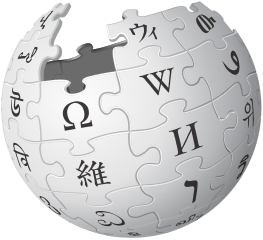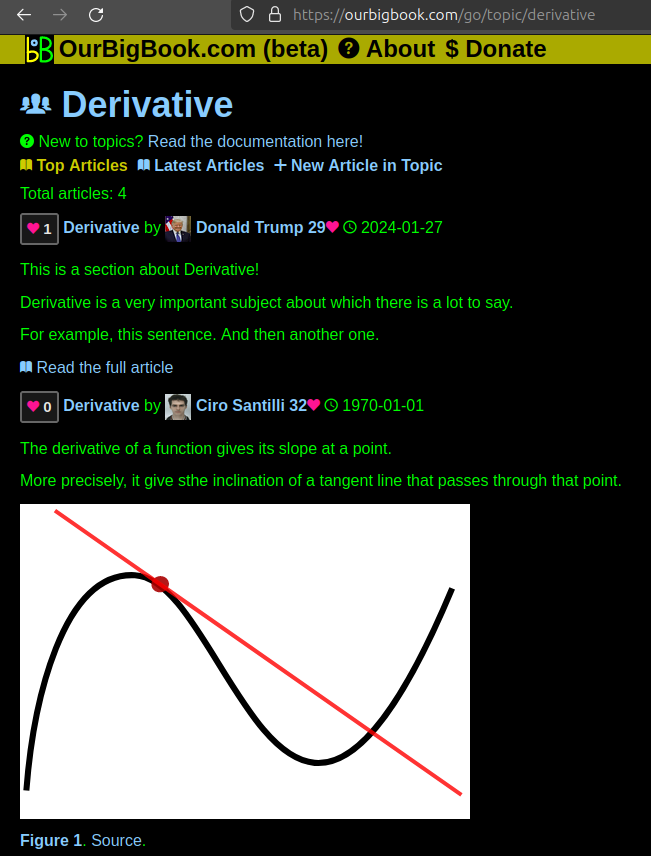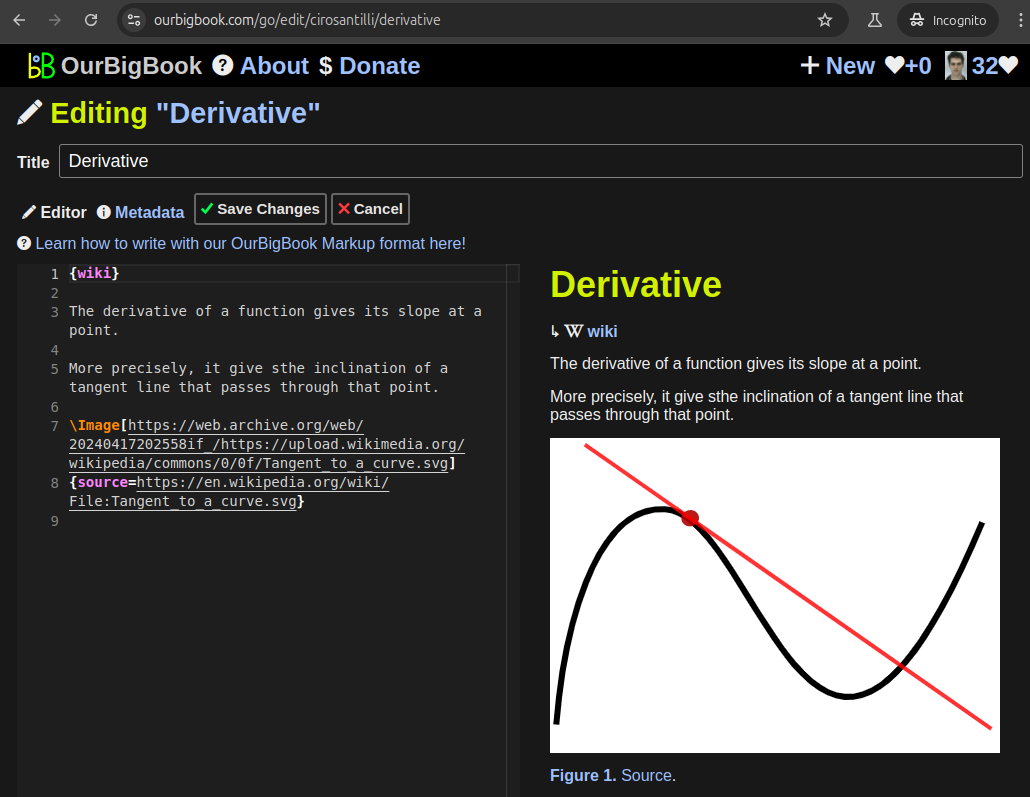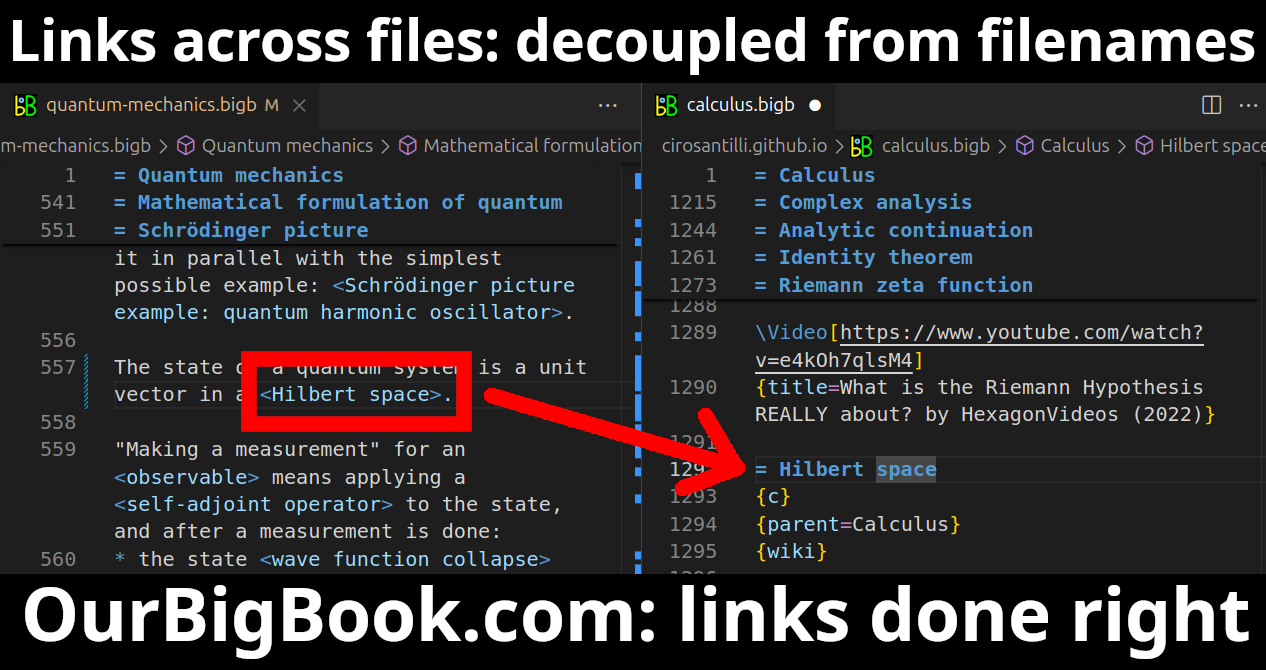An airborne wind turbine (AWT) is a novel technology designed to harness wind energy by using aerial systems, typically flying at higher altitudes where wind speeds are greater and more consistent than at ground level. Unlike traditional wind turbines that rely on large towers and blades anchored to the ground, airborne wind turbines utilize lighter, airborne structures, which can take various forms, including: 1. **Kite Systems**: These include kites or tethered balloons that fly in the wind and generate lift.
The Gramme machine, invented by Belgian engineer Zénobe Gramme in the 1860s, is a type of electrical generator that operates on the principle of electromagnetic induction. It is specifically a direct current (DC) machine, meaning that it generates direct current electricity. The Gramme machine consists of a rotating coil of wire (armature) placed in a magnetic field.
The term "standard port" typically refers to predefined network ports that are commonly used for specific types of network services and protocols. Each standard port is associated with a particular service to facilitate communication over the Internet or other networks.
The large electrostatic generator at Teylers Museum, located in Haarlem, Netherlands, is a historic electrostatic machine known as a Wimshurst machine, which was built in the late 19th century. It is one of the oldest surviving examples of its kind and serves both as a scientific instrument and a demonstration of the principles of electrostatics. The Teylers electrostatic generator works on the principles of electrostatic induction and operates by using rotating discs to generate high voltages.
Micropower generally refers to small-scale power generation technologies that produce electricity from renewable sources or other small-scale methods. The term can encompass a variety of energy sources and generation approaches. Here are some key aspects and examples of micropower: 1. **Distributed Generation**: Micropower systems are often deployed in a distributed manner, meaning they generate electricity close to where it is used rather than at a large, centralized power plant. This can reduce transmission losses and improve energy efficiency.
A Permanent Magnet Synchronous Generator (PMSG) is a type of electrical generator that converts mechanical energy into electrical energy using permanent magnets in its rotor. Here are some key features and components of a PMSG: ### Key Features: 1. **Permanent Magnets**: The rotor of a PMSG is equipped with permanent magnets, which eliminates the need for an external excitation system. This leads to simpler construction and potentially higher efficiency compared to other types of synchronous generators.
A single-phase generator is an electrical device that converts mechanical energy into electrical energy in a single-phase alternating current (AC) output. This type of generator is commonly used for applications that do not require a three-phase power supply, making it ideal for smaller loads and residential use.
St Margaret's Bay Windmill is a historic structure located in St Margaret's Bay, near Dover, in Kent, England. This windmill, built in the early 19th century, is an example of a traditional post mill, which is distinguished by its design where the entire structure rotates to face the wind. The windmill was used for milling grain and served the local community for many years. The windmill is notable for its picturesque setting and has become a popular landmark and subject for photography.
Resistive components are electronic elements that provide resistance to the flow of electric current. Their primary characteristic is that they convert electrical energy into heat via Joule heating when current passes through them. The most common resistive components include: 1. **Resistors**: These are specifically designed to offer a certain amount of resistance in a circuit.
The current-voltage (I-V) characteristic is a fundamental relationship in electronic devices that describes how the current flowing through a device varies with the applied voltage across it. This characteristic is crucial for understanding the behavior of various electronic components such as diodes, transistors, resistors, and more.
The Kondo effect is a phenomenon observed in condensed matter physics, specifically in systems that include magnetic impurities within a metal or semiconductor. Named after Japanese physicist Jun Kondo, who first described the effect in 1964, it relates to the behavior of conduction electrons in the presence of localized magnetic moments, such as those caused by impurity atoms.
Transconductance is an important parameter in the field of electronics, particularly in the study of amplifiers and other types of electronic circuits. It refers to the ratio of the output current of a device to the input voltage that causes it. Essentially, transconductance quantifies how effectively an input voltage can control the output current in a device like a transistor or an operational amplifier.
Battery shapes refer to the different physical forms and configurations of batteries, which can influence their application, efficiency, and performance. Here are some common battery shapes and their characteristics: 1. **Cylindrical**: These are often found in AA, AAA, 18650, and similar sizes. They are commonly used in consumer electronics, power tools, and electric vehicles. The cylindrical shape allows for efficient use of space and structural integrity.
The term "Power Standards" can refer to various concepts depending on the context, so it’s important to consider the specific area of application. Here are a few interpretations: 1. **Education**: In an educational context, "Power Standards" often refers to key academic standards that are prioritized for teaching and assessment. These are the "essential" standards that are deemed critical for students to learn and master, often because they serve as foundational skills upon which other knowledge builds.
ANSI C12.20 is a standard developed by the American National Standards Institute (ANSI) that focuses on specifications for "Electric Meters: IEC/IEEE 61850 Protocol for Smart Metering Applications." It is particularly important in the context of advanced metering infrastructure as it outlines communication protocols and requirements for the interoperability of smart meters. More specifically, ANSI C12.
GU24 is a type of lamp fitting or base used for light bulbs. It is characterized by its two flat pins, which are spaced 24 millimeters apart. The "G" in GU indicates that it has a bayonet-style base, while the "U" signifies that the pins are unidirectional (meaning they can only be inserted in one orientation). The "24" refers to the distance in millimeters between the centers of the two pins.
IEC 60269 is an international standard developed by the International Electrotechnical Commission (IEC) that pertains to low-voltage fuses. Specifically, it provides guidelines and requirements for the performance, testing, and application of fuses for use in low-voltage electrical installations. The standard is designed to ensure the safety, reliability, and interoperability of fuses across various applications and equipment.
Raman spectroelectrochemistry is a combined technique that integrates Raman spectroscopy and electrochemistry to study the chemical and electrochemical properties of materials at the molecular level. This method allows researchers to investigate the behavior of charged species, oxidation-reduction processes, and the structural characteristics of substances while they are undergoing electrochemical reactions.
The International Electrotechnical Commission (IEC) is an international standards organization that prepares and publishes international standards for electrical, electronic, and related technologies. The list of IEC standards is extensive and covers a wide range of products, systems, and practices related to electrical and electronic engineering.
Pro Electron is a nomenclature system used in the field of organic chemistry, particularly for describing the electronic structures and bonding of organic compounds. It was developed to provide a systematic way to represent the electronic properties of molecules, focusing on the movement of electrons and the formation of bonds. The Pro Electron system uses a standardized set of symbols and rules to convey information about the electron distribution within molecules, including aspects such as the presence of lone pairs, bond types, and resonance structures.
Pinned article: Introduction to the OurBigBook Project
Welcome to the OurBigBook Project! Our goal is to create the perfect publishing platform for STEM subjects, and get university-level students to write the best free STEM tutorials ever.
Everyone is welcome to create an account and play with the site: ourbigbook.com/go/register. We belive that students themselves can write amazing tutorials, but teachers are welcome too. You can write about anything you want, it doesn't have to be STEM or even educational. Silly test content is very welcome and you won't be penalized in any way. Just keep it legal!
Intro to OurBigBook
. Source. We have two killer features:
- topics: topics group articles by different users with the same title, e.g. here is the topic for the "Fundamental Theorem of Calculus" ourbigbook.com/go/topic/fundamental-theorem-of-calculusArticles of different users are sorted by upvote within each article page. This feature is a bit like:
- a Wikipedia where each user can have their own version of each article
- a Q&A website like Stack Overflow, where multiple people can give their views on a given topic, and the best ones are sorted by upvote. Except you don't need to wait for someone to ask first, and any topic goes, no matter how narrow or broad
This feature makes it possible for readers to find better explanations of any topic created by other writers. And it allows writers to create an explanation in a place that readers might actually find it.Figure 1. Screenshot of the "Derivative" topic page. View it live at: ourbigbook.com/go/topic/derivativeVideo 2. OurBigBook Web topics demo. Source. - local editing: you can store all your personal knowledge base content locally in a plaintext markup format that can be edited locally and published either:This way you can be sure that even if OurBigBook.com were to go down one day (which we have no plans to do as it is quite cheap to host!), your content will still be perfectly readable as a static site.
- to OurBigBook.com to get awesome multi-user features like topics and likes
- as HTML files to a static website, which you can host yourself for free on many external providers like GitHub Pages, and remain in full control
Figure 3. Visual Studio Code extension installation.Figure 4. Visual Studio Code extension tree navigation.Figure 5. Web editor. You can also edit articles on the Web editor without installing anything locally.Video 3. Edit locally and publish demo. Source. This shows editing OurBigBook Markup and publishing it using the Visual Studio Code extension.Video 4. OurBigBook Visual Studio Code extension editing and navigation demo. Source. - Infinitely deep tables of contents:
All our software is open source and hosted at: github.com/ourbigbook/ourbigbook
Further documentation can be found at: docs.ourbigbook.com
Feel free to reach our to us for any help or suggestions: docs.ourbigbook.com/#contact






